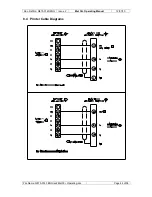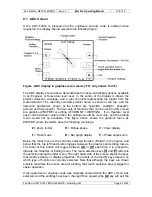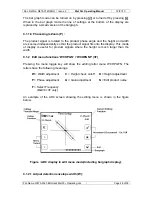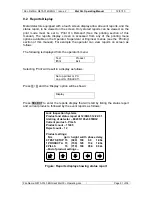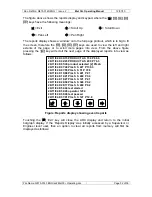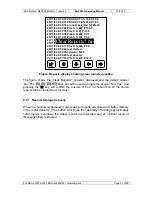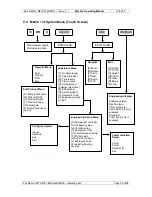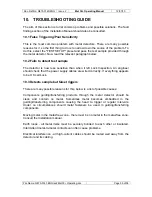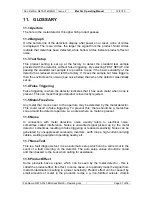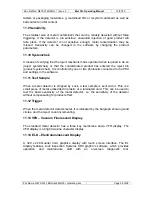
Doc. Ref.No: Q875-0143/ENG
Issue 2
Met 30+ Operating Manual
12/01/10
10. TROUBLESHOOTING
GUIDE
The aim of this section is to list common problems and possible solutions. The fault
finding section of the Installation Manual should also be consulted.
10.1 False Triggering/Poor Sensitivity
This is the most common problem with metal detectors. There are many possible
reasons for it, so the first thing to do is to narrow down the source of the problem. To
do this, select the "TEST SETUP" preset and pass the test sample provided through
the metal detector. Now read the relevant paragraph below:
10.2 Fails to detect test sample
The detector is now less sensitive than when it left Lock Inspection. An engineer
should check that the power supply cables are wired correctly. If everything appears
to be OK call Lock.
10.3 Detects sample but false triggers
There are many possible reasons for this, below is a list of possible causes:
Components guiding/transferring products through the metal detector should be
clean and contain no metal. Sometimes metal becomes embedded in the
guiding/transferring components causing the head to trigger at regular intervals.
Under no circumstances should metal fasteners be used in guiding/transferring
components.
Moving metal in the metal-free-zone - there must be no metal in the metal-free zone.
Consult the Installation manual.
Earth loops - all metal items must be securely bonded to each other or insulated.
Intermittent metal-to-metal contacts can often cause problems.
Electrical interference - all high-current cables should be routed well away from the
detector and its cabling.
File Name: Q875-0143 ENG Iss2 Met30+ Operating.doc
Page 56 of 58



